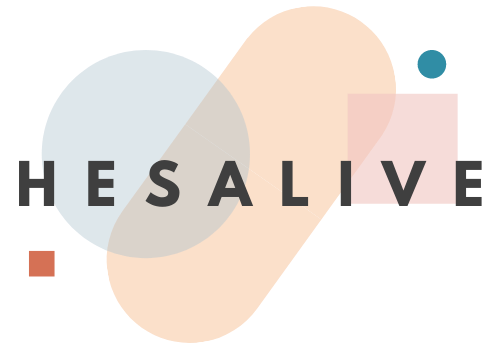
Unlocking business growth requires a methodical approach to generating and nurturing leads through carefully structured funnels. When implemented correctly, these systems transform casual prospects into loyal customers by guiding them through a strategic journey of awareness, consideration, and decision-making stages. The art of building effective lead pipelines combines both creative marketing and analytical discipline to maximize conversion potential.
Strategic planning for lead generation
Developing a robust lead generation strategy demands thorough planning and insight into your target audience. Research shows businesses with well-structured lead pipelines experience up to 174% higher revenue growth compared to competitors who lack formalized processes. The foundation begins with understanding your ideal customer profile and establishing clear metrics to track success throughout the buyer journey.
Market segmentation tactics
Effective segmentation divides potential customers into distinct groups based on specific characteristics, enabling more targeted outreach. For B2B contexts, segmentation might involve firmographics like company size and industry, while B2C approaches typically focus on demographics and behavioral patterns. Firms that implement Marketing Consulting practices with proper segmentation see dramatic improvements in lead quality. Creating detailed buyer personas that include pain points, goals, and decision-making factors allows for content development that resonates deeply with each segment, increasing engagement rates and qualified lead flow.
Digital outreach frameworks
A multi-channel digital approach ensures maximum reach and engagement with potential customers. High-performing strategies integrate SEO, paid advertising, content marketing, and social media platforms to create multiple touchpoints. Email marketing continues to deliver exceptional value with an ROI of approximately $42 for every dollar spent when properly executed. Marketing automation tools streamline these processes by triggering personalized interactions based on user behavior, significantly improving lead scoring accuracy. The most successful lead nurturing frameworks leverage a balance of 80% educational content against 20% promotional material, fostering trust while gently guiding prospects toward conversion.
Conversion pipeline architecture
 Marketing consulting strategies focused on business growth require a robust lead nurturing pipeline that effectively converts prospects into loyal customers. Building this architecture demands a strategic approach that combines multiple channels, personalized content, and data-driven decision making. Research shows that businesses with effective pipeline generation can achieve up to 174% higher revenue growth compared to competitors, making this a critical focus area for marketing consultants.
Marketing consulting strategies focused on business growth require a robust lead nurturing pipeline that effectively converts prospects into loyal customers. Building this architecture demands a strategic approach that combines multiple channels, personalized content, and data-driven decision making. Research shows that businesses with effective pipeline generation can achieve up to 174% higher revenue growth compared to competitors, making this a critical focus area for marketing consultants.
Customer journey mapping
Creating a comprehensive customer journey map forms the foundation of an effective conversion pipeline. This process identifies all touchpoints across the awareness, consideration, decision, and retention stages. Marketing consultants must work with clients to develop detailed buyer personas that include demographics, goals, challenges, and buying habits to guide this mapping process. Gartner research indicates that 84% of businesses struggle with converting Marketing Qualified Leads (MQLs) to Sales Qualified Leads (SQLs), highlighting the importance of clearly defining each stage of the journey. The most successful journey maps align specific content types to each stage – educational blog posts for awareness, case studies for consideration, and product demos for decision-making. When implemented correctly, a well-structured journey map can increase sales opportunities by 20% through strategic lead nurturing techniques that guide prospects through the pipeline.
Engagement metrics and analysis
Measuring the effectiveness of your conversion pipeline requires tracking specific key performance indicators that reveal pipeline health and optimization opportunities. Crucial metrics include MQL to SQL conversion rates, pipeline velocity, cost per SQL, and engagement metrics such as email open rates, click-through rates, content downloads, and event attendance. Sales accepted leads (SALs) and win rates provide further insights into pipeline effectiveness. When analyzing these metrics, marketing consultants should aim for pipeline value that exceeds sales targets by 3:1 or 4:1 ratio for optimal health. Lead scoring systems assign point values to specific interactions (downloading a whitepaper = 5 points, attending a webinar = 10 points, requesting a demo = 20 points), while lead grading assesses fit against ideal customer profiles based on firmographics like company size, industry, and budget. Regular A/B testing of email subject lines, content types, communication timing, and call-to-action buttons helps optimize performance. A multi-channel approach incorporating email marketing (with potential ROI of $42 per $1 spent), social media engagement, retargeting ads, and direct mail typically generates the strongest results when paired with marketing automation tools that deliver personalized content based on prospect behavior.



